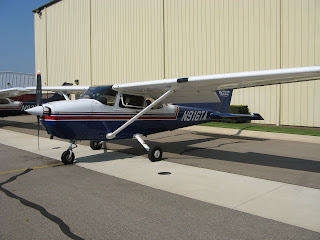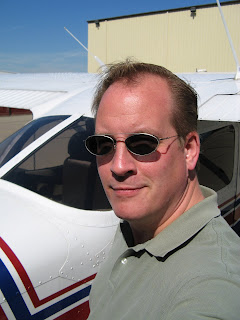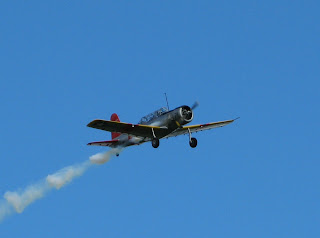This is a regular blog post. If you’re looking for show notes, please see below.
Visited Dave Schwartz, co-founder and co-host of Skydive Radio on Tuesday at Skydive Chicago in Ottawa, illinois. Great drop zone! I am told that I am now spoiled for other drop zones and I’m inclined to believe it.
This’ll evolve into a podcast episode when I get the time to edit the audio.

Got to ride along on a couple of jump loads in the Twin Otter. Needless to say, it climbs in a lovely way. And Dave has mad energy-management skills. Developed additional respect for the by-the-checklist safety culture and attention to every operational detail that pros like Dave just seem to naturally exude and practice.
Great experience! Can’t wait to do the episode itself!












